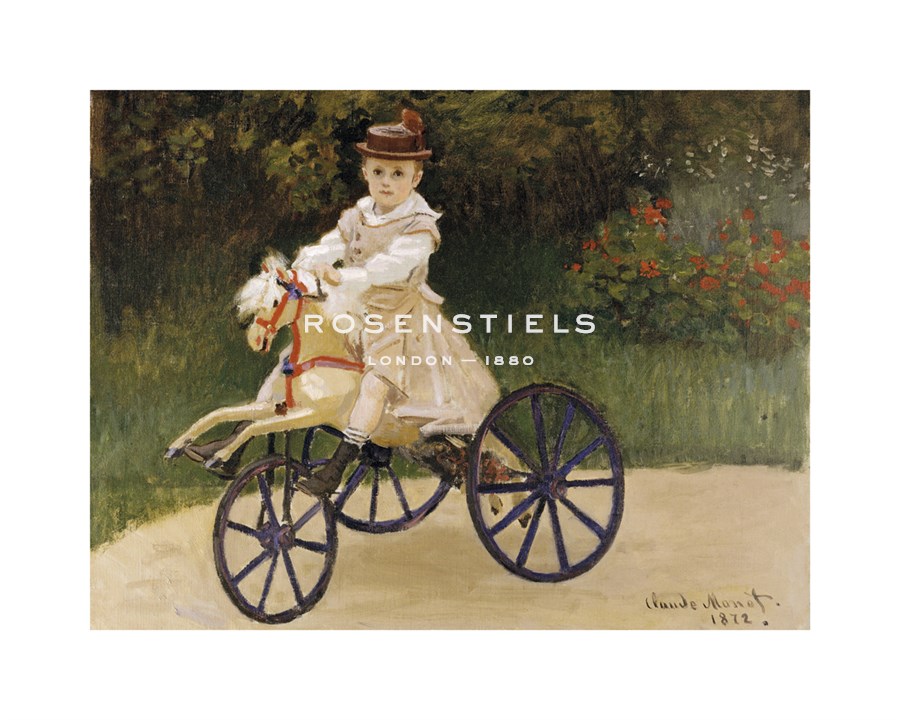
Arthur Elsley Hand Numbered Limited Edition Print on Paper :"Summer Fun"
Title: Summer Fun
Dimensions (W x H ): Paper Size: 28 x 22 in | Image Size: 24 x 18 in
Edition | Medium: Each print is hand numbered, accompanied by a certificate signed by the Master Printer and is numbered to match the print. The editions are limited to 1880 copies. |
This Gouttelette print on paper is published with light-fast inks to BS1006 Standard onto acid-free calcium carbonate buffered stock, mould-made from 100% cotton and sourced from environmentally conscious paper suppliers. This product is exclusive to Rosenstiels.
About the Art: Superior Edition
About the Artist:
Before the 19th Century, animals were kept in their place in paintings. However, the Victorian era brought with it a huge expansion to the middle classes, most of whom kept a pet. These newly "respectable" families took delight in seeing human emotions and familiar domestic situations portrayed through the antics of animals in art.
Arthur John Elsley was a fine example of this phenomenon of Victorian animal art. He was born on the 20th November 1860 in London, the son of John Elsley, a coachman, and one of a family of six. His father was an amateur artist who had exhibited an oil painting entitled "A Group of Horses" at the British Institution Exhibition in 1845. At the age of 14, he gained entry to the South Kensington School of Art, later to become the Royal College of Art, and in 1876 he became a probationer at the Royal Academy Schools at a time when Sir Francis Grant was President and subsequently succeeded by Lord Leighton. He first exhibited at the Royal Academy in 1878. In 1889 he shared a studio in St. John's Wood with Fred Morgan, who had just scandalously divorced his wife, the artist Alice Havers. Elsley certainly helped Morgan with some of the animals in Morgan's paintings. He married his second cousin, Emily, in November 1893. She and one of her sisters had modelled for Elsley for at least 10 years and they set up home in St. John's Wood.
By the turn of the Century, he was living in Queen's Grove in St. John's Wood and had fallen out with Fred Morgan over an accusation that Elsley had used one of Morgan's ideas. His work became more adventurous and on a grander scale. He worked from oil sketches and photographs, together with the child and canine models in the studio who sat individually and who were never in the studio at the same time. He showed regularly at the Royal Academy for many years. Elsley's sight was such that sometimes he used opera glasses in order to see his models.
During the First World War, he worked part-time at munitions and was given the exacting task of filing the jigs used to test gun sights in the making. This was ideal for his short-sightedness but put such a strain on his eyes that he virtually produced no paintings of any substance after the First World War.
He died at his home in Tunbridge Wells in 1952, aged 91.















